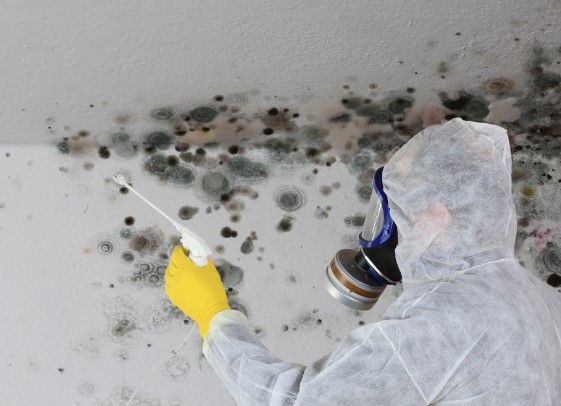In Ventura County properties, mold lurks silently, posing unseen threats that can have far-reaching consequences for your health and the structural integrity of your home.
Have you ever considered what might be hiding behind your walls or beneath your floors?
The need for mold inspections in Ventura County properties is more critical than you might think. Understanding the potential dangers that mold can bring is essential for safeguarding your well-being and the value of your property.
Benefits of Professional Inspections
Consider hiring a professional mold inspector to ensure thorough and accurate detection of mold in your Ventura County property. Professional inspections offer several benefits that can safeguard your health and property.
Firstly, trained inspectors have the expertise to identify hidden mold growth that may not be visible to the untrained eye. They use specialized equipment such as moisture meters and infrared cameras to detect mold in areas that aren’t easily accessible.
Secondly, professional inspectors can pinpoint the source of the mold problem, allowing for targeted remediation efforts. By addressing the root cause, you can prevent future mold issues and ensure long-term protection for your property.
Additionally, having a professional inspection report can provide documentation for insurance claims or property transactions, adding value and peace of mind. Investing in a professional mold inspection is a proactive step towards maintaining a safe and healthy living environment in Ventura County.
Health Risks Posed by Mold
Identifying the health risks associated with mold exposure is imperative for understanding the potential dangers posed by this hidden menace in your property. Mold can trigger respiratory illnesses such as asthma, bronchitis, and sinus infections, especially in individuals with pre-existing conditions. Furthermore, mold spores can exacerbate allergies, leading to symptoms like sneezing, coughing, and itchy eyes.
The impact of mold on indoor air quality can’t be underestimated, as the presence of mold can lead to poor air circulation and the spread of harmful mycotoxins. Mycotoxins are toxic substances produced by certain molds, which can be released into the air and negatively affect your health when inhaled. Therefore, it’s crucial to address any mold issues promptly to safeguard both your property and your well-being.
Regular mold inspections are essential in detecting and preventing these health risks, ensuring a safe and healthy living environment for you and your loved ones.
Structural Damage Caused by Mold
Understanding the health risks posed by mold exposure can extend beyond personal well-being to impact the structural integrity of your property. Mold not only poses hidden dangers to your health but also to the very structure of your home or building. When mold spreads unchecked, it can infiltrate walls, ceilings, and floors, causing structural damage that compromises the stability of your property.
The presence of mold can weaken wooden structures, drywall, and other building materials, leading to warped walls, sagging ceilings, and even potential collapse in severe cases. Mold thrives in damp, dark environments, and once it takes hold within the structure, it can be challenging to eradicate completely. This is why timely mold inspections are crucial for property protection.
Prevention of Mold Infestations
To effectively prevent mold infestations in your property, implementing routine maintenance practices is essential. Moisture control is the cornerstone of mold prevention. Regularly inspect areas prone to moisture accumulation, such as bathrooms, kitchens, and basements. Fix any leaks promptly and ensure proper ventilation in these spaces to keep humidity levels low. Utilize dehumidifiers in damp areas to reduce moisture in the air.
Preventive measures like sealing cracks and gaps in windows, doors, and walls can help prevent water intrusion. Monitor indoor humidity levels and keep them below 60% to discourage mold growth. Clean and maintain gutters to ensure proper water drainage away from the property’s foundation. Regularly inspect and maintain your roof to prevent water leaks that could lead to mold problems.
Incorporating these moisture control strategies and preventive measures into your property maintenance routine can significantly reduce the risk of mold infestations. By staying proactive and addressing potential moisture issues promptly, you can create a less hospitable environment for mold to thrive.
Addressing Mold Issues in Properties
Inspecting your property for mold issues is crucial in maintaining a safe and healthy environment for occupants. Addressing mold problems requires a comprehensive approach that focuses on moisture control and improving indoor air quality.
To effectively tackle mold issues, start by identifying and fixing any sources of moisture in your property. Leaks in pipes, roofs, or windows should be promptly repaired to prevent water from seeping into walls or ceilings, creating a breeding ground for mold. Additionally, ensuring proper ventilation in areas prone to high humidity levels, such as bathrooms and kitchens, can help reduce moisture build-up.
Regularly inspecting and maintaining your property’s HVAC system can also aid in controlling indoor air quality and preventing mold growth. Filters should be changed regularly, and air ducts should be cleaned to prevent the circulation of mold spores throughout the property.

